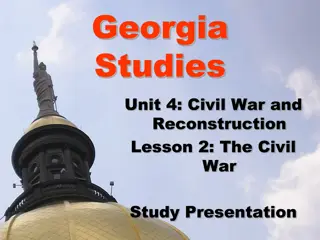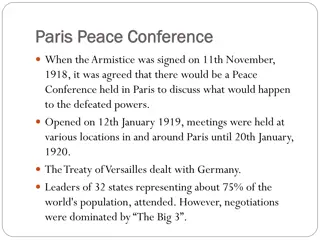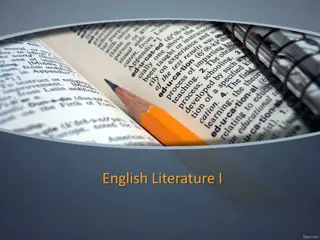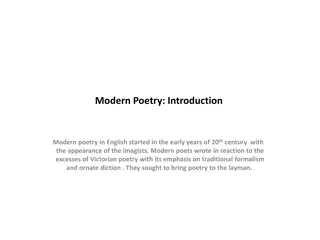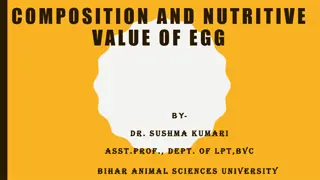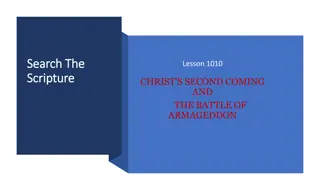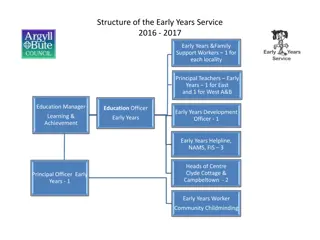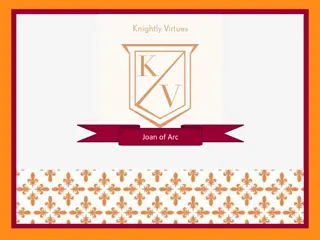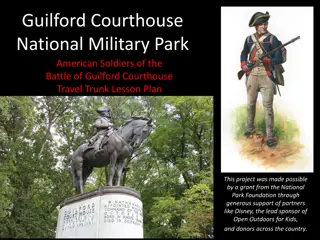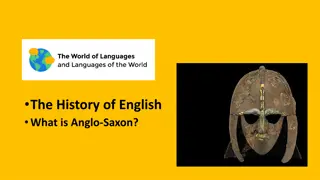Composition Changes in Early Modern English Armies
The evolution in the composition of English armies between 1500 and 1700, focusing on key components like infantry, cavalry, and artillery. Discover the impact of new weapons, tactics, and government influence on army formation during this transformative period.
Download Presentation

Please find below an Image/Link to download the presentation.
The content on the website is provided AS IS for your information and personal use only. It may not be sold, licensed, or shared on other websites without obtaining consent from the author.If you encounter any issues during the download, it is possible that the publisher has removed the file from their server.
You are allowed to download the files provided on this website for personal or commercial use, subject to the condition that they are used lawfully. All files are the property of their respective owners.
The content on the website is provided AS IS for your information and personal use only. It may not be sold, licensed, or shared on other websites without obtaining consent from the author.
E N D
Presentation Transcript
How far did the composition of the English armies change between 1500 and 1700?
Learning objective to be able to identify changes and continuities in the composition of Early Modern English armies. I can explain the key changes continuities in the composition of Early Modern armies. Grade 6 I can explain and assess changes continuities composition of Early Modern English armies. Grade 9 I can describe the key changes continuities in the composition of Early Modern armies. Grade 3 and and the and in English English
What were the key components of the Early Modern English armies? Infantry made up the bulk of the army and were a combination of musketeers and pikemen. Dragoons a smaller group of mounted infantry armed with muskets. Usually had smaller horses than the cavalry and rode into battle and then dismounted to fight. Cavalry made up a third of the army. Armed with swords and pistols wearing plate armour breastplates. Artillery few in number.
How far did the composition of the armies change? Continuity Change Key components of the army infantry and cavalry did not change. New weapons changed the way the armies were used with the decline of the longbow and the rise of the musket. The infantry remained the largest part of the army. Artillery was a new addition to the battlefield. Cavalry were used to skirmish rather than charge at the enemy until the English Civil War.
How did the role of government influence change in the composition of armies? Leaders increasingly turned to taxation to pay for armies. This helped lead to the increasing use of mercenaries. With the development of a standing army from 1645, this increased the power of Kings and Parliaments and ensured they were better trained and paid.
Why did tactics change? Weapons drove changes in tactics. There was now the need for musketeers and pikemen to act together as both were vulnerable for a number of reasons Cavalry could easily ride down musketeers. Pikemen could stop a cavalry charge. Pikemen could be slaughtered by musket fire.
How did tactics change? The typical deployment of troops in the early modern period combined all types of soldier. Cavalry were placed on the flanks with musketeers in lines to fire in turns but when needed pikemen formed squares around the musketeers under attack. This had a number of advantages such as allowing for continuous musket fire in groups and pikemen in squares proved to be a strong defensive line.
Task complete the table Role Continuity Change Cavalry Infantry Dragoons Artillery
Follow up questions List in bullet points the influence that governments had on the composition of armies. What were the key changes in tactical thinking in Early Modern England? Can you explain why tactics changed?
Plenary My Brain Subheading My Brain Draw an outline of your brain. Fill your drawn brain with all the things you have learnt in this lesson. This can be in the form of key words, drawings, bullet points, lists anything you like so long as it summarises your learning and that others can understand it. http://www.download1.ch/wp-content/uploads/2013/03/Brain-Clip-Art-Vector-Download1.ch_-300x208.jpg http://www.illustrationsof.com/royalty-free-brain-clipart-illustration-1077577.jpg






